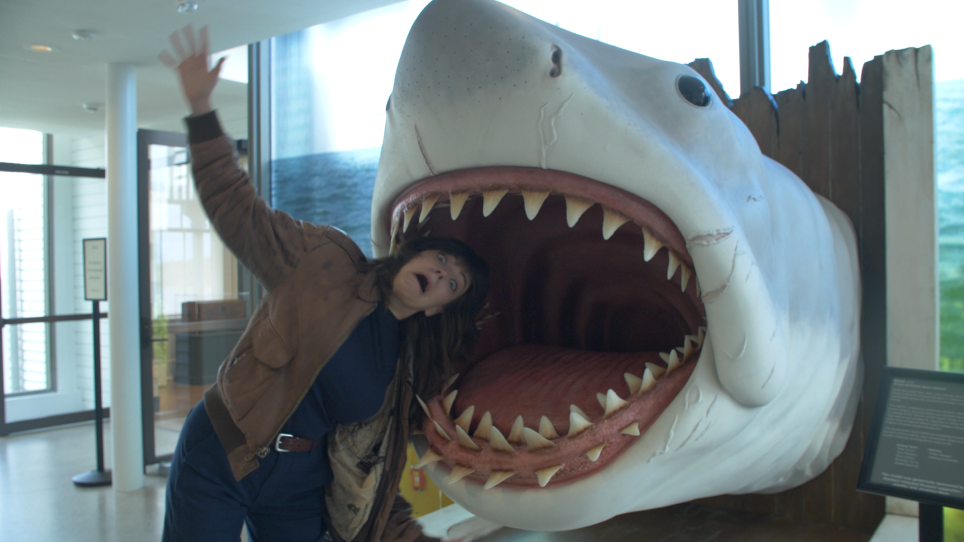Martha’s Vineyard is in the middle of an invasion this summer — one inspired by a mechanical shark and the movie that made it famous. Thousands of “Jaws” fanatics (or “fin-addicts,” as many call themselves) are expected to make pilgrimage to Martha’s Vineyard in honor of the film’s semicentennial.
Kathleen Connelly and her husband drove six hours from Saratoga, New York, to visit the island for the first time.
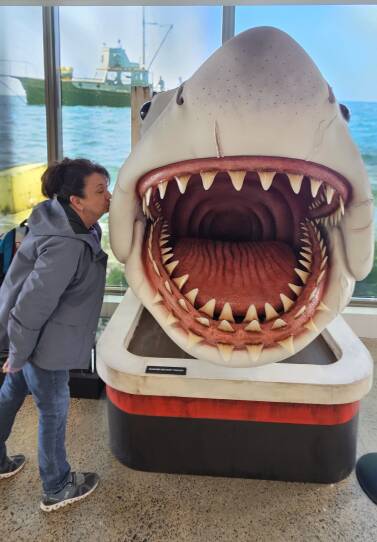
“Huge 'Jaws’ fan. I’ve probably seen it from beginning to end 300 times. I could recite it,” laughed Connelly as she waited to enter the exhibition on the film. “Just being here, that feeling of knowing I’m where it all happened, it’s the trip of a lifetime for me.”
Bow Van Riper, research librarian at the Martha’s Vineyard Museum, says the iconic film was “the best thing that ever happened” to tourism on the island. The museum’s summer exhibition “Jaws at 50: A Deeper Dive” celebrates the vital role the Vineyard and its residents played in the film.
“How many movies can you walk or drive or swim through all the major locations?” he said. “That neat, little seaside world wasn’t just a Hollywood backlot — this was a place you could actually go and visit.”
One of the things that makes “Jaws” an enduring classic is that it feels authentic. Some of that authenticity comes from how director Steven Spielberg immersed himself and his crew into island life. They shot almost all of the water scenes in the real ocean, but the land-based scenes were all shot on Martha’s Vineyard.
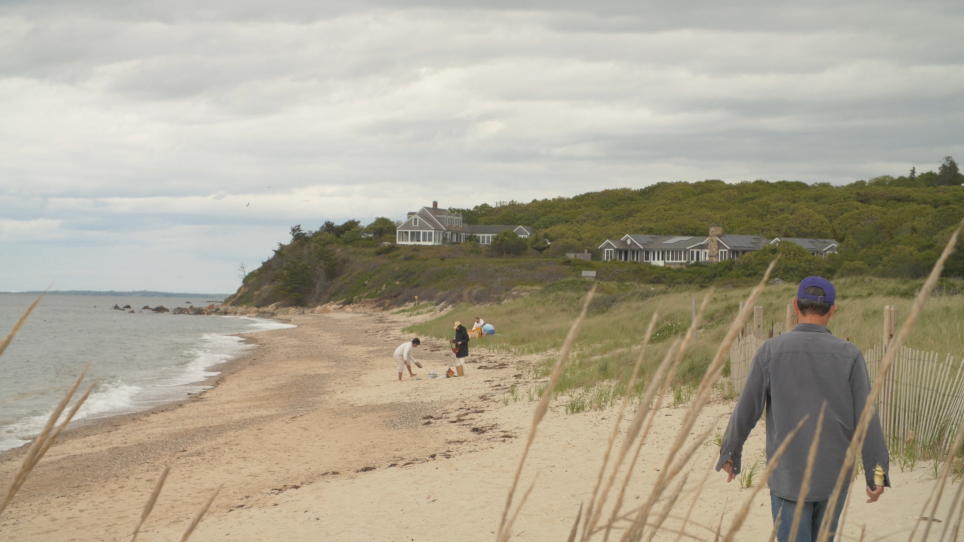
Everyday islanders brought the fictional Amity Island to life. They piloted boats, built sets, and worked as extras.
Local carpenter Eric Ropke was a long-haired graduate of the School of Visual Arts in New York City before moving to Martha’s Vineyard, where he would earn his on-set nickname “the hippie with a hammer.” Ropke’s job was to build things designed to fall apart, like the tear-away dock or Quint’s boat in the final battle scene.
And like many people involved with “Jaws,” he spent a lot of his time trying to fix the endlessly malfunctioning mechanical sharks. One afternoon, he and a crew member swam out to a shark that had stopped responding to the control station in the middle of a shoot.
“We were out there for 25-30 minutes and doing the repairs,” remembered Ropke. “We got it all done, so we push off to start to swim back. And I’m about two or three strokes into swimming, and out of the corner of my eye I catch the image of this shark’s head right at the water. And I was hit with this bolt of energy in my entire body that was totally uncontrollable and right down to the primal core.”
Ropke was one of the first people to understand just how terrifying a fake shark could be, but he was far from the last.

On June 20, 1975, the film’s massive advertising campaign gave way to a wide national release, inventing the summer blockbuster and changing Hollywood forever.
“By the time the movie came out, everybody knew that these sharks were machines, so that people went into the movie theaters thinking to themselves 'Prove it. Show me. Make me scared,'“ recalled Tom Dunlop, an author and journalist living on Martha’s Vineyard. ”And three minutes into the film, people believed. Audiences bought it. And that is what makes it a masterpiece.”
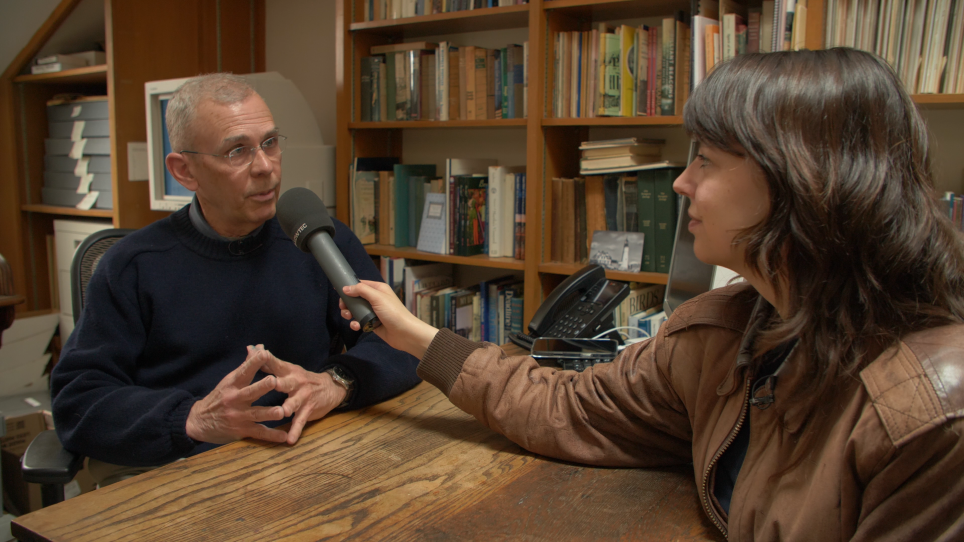
With two musical notes and a shark’s-eye view of kicking legs, “Jaws” made the ocean terrifying to everyone who saw it — no matter how deep one’s connection with that water might be.
Berta Welch, who runs Stony Creek Gifts with her sister in Aquinnah, said the movie scared her so much she still can’t swim.
“Our family, as many Wampanoag families, fish during the winter, and during the summer we clam. ... It’s a close relationship with water,” she said. “In terms of swimming, it’s been ruined by 'Jaws.’”

In nearby Menemsha, artist and jeweler Nettie Kent Rule said she hasn’t let her two boys see the film yet.
“It’s almost too real,” admitted Rule, “because it’s filmed on their home, and it’s their waters, and it’s this shark that is scary!”
The historic fishing village was made world-famous as the filming location of Quint’s shack. Today, the harbor looks almost exactly the same as it did in “Jaws,” but Rule says looks can be deceiving.
Her parents came to the Vineyard in the 1960s, and her husband is an eighth-generation Menemsha resident. While they’re continuing the legacy by raising their kids on the island, Rule knows many others who have been forced to leave.
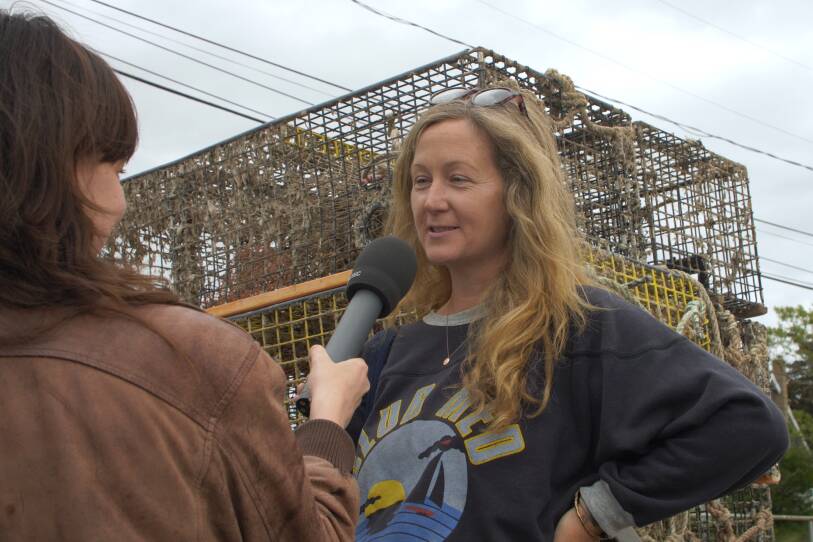
“I wish I could go back in time to the ’70s here,” sighed Rule. “We just love this community so much, but it’s struggling. It’s hard. I mean, the rents are crazy, no one has housing on this island. Like the creative people and the younger families don’t have anywhere to live.”
In “Jaws,” the major problem facing Amity Island was a killer shark. But 50 years later, the major problem facing Martha’s Vineyard is that the community that was reflected in the film can no longer afford to live here — fewer teeth, but it still bites.
“It’s really sad when a community loses that because then you just have the very wealthy, and then the people that are working for them. And kind of nothing in-between,” Rule said. “And that’s not really a community, it’s a workforce.”
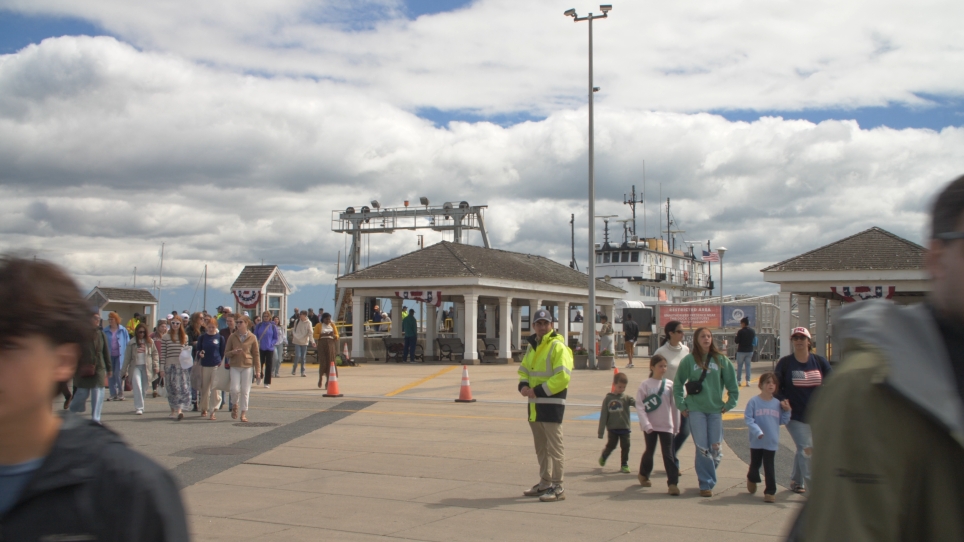
Martha’s Vineyard has gone through immense change since the filming of “Jaws.” The island population has nearly quadrupled since 1970, from just under 6,000 to a little over 20,000. This overcrowding magnifies the community’s issues, be it lack of housing, income disparity, or an eroding coastline. But for many residents, the struggles of island living are worth it. At least, that’s how Ropke, “the hippie with a hammer” feels.
“Here I am, what, more than 56 years later, I would say this is not just a hippie’s dream but anybody’s dream if you could live in a place like this,” he said. “And of course, it’s gotten more complex and difficult as various things have happened to make it more famous.”
Through all the changes of the past 50 years, some things remain the same: “Jaws” is still bringing people to the island, it’s still filling the theaters, and it’s still freaking people out.
